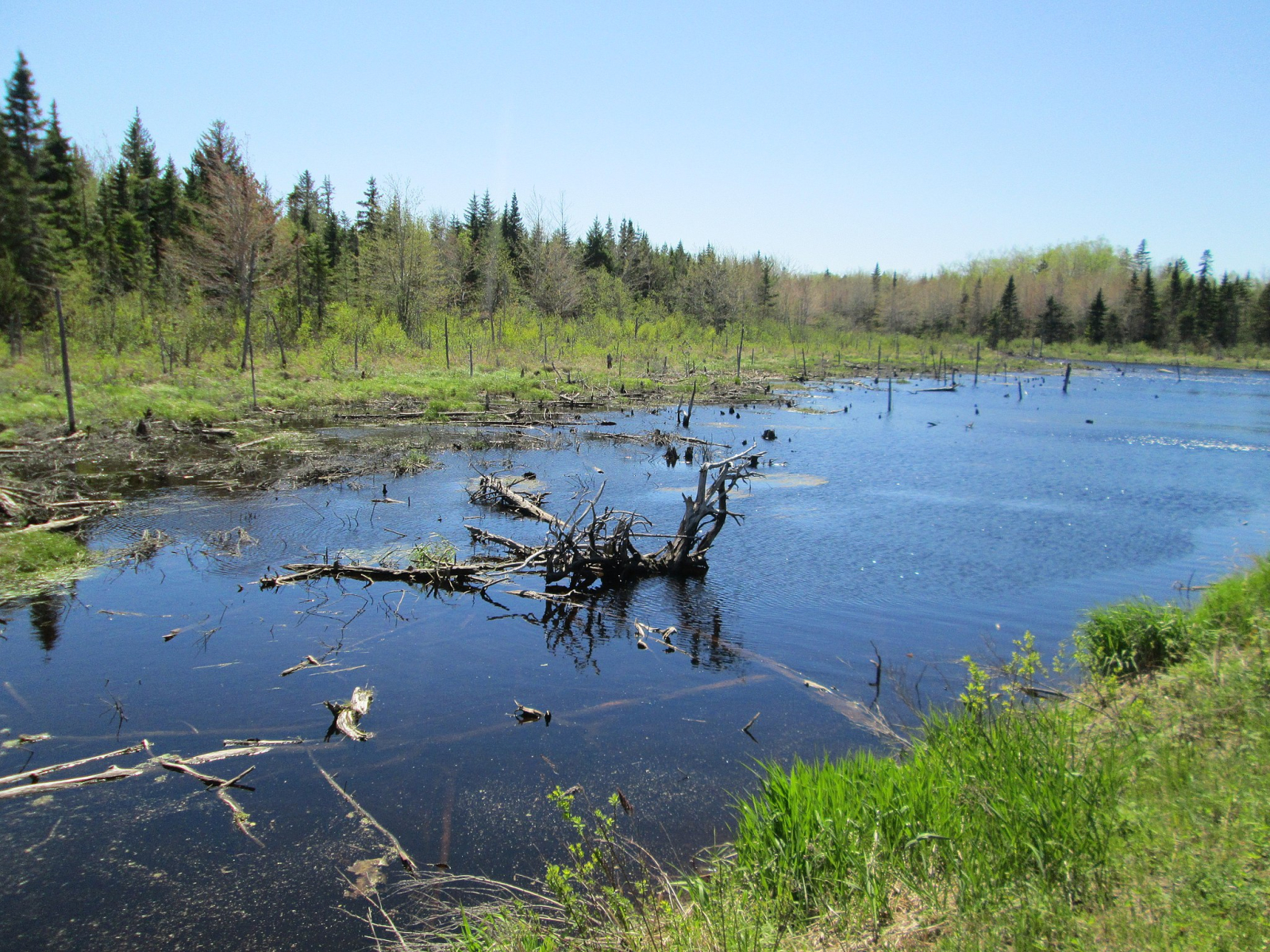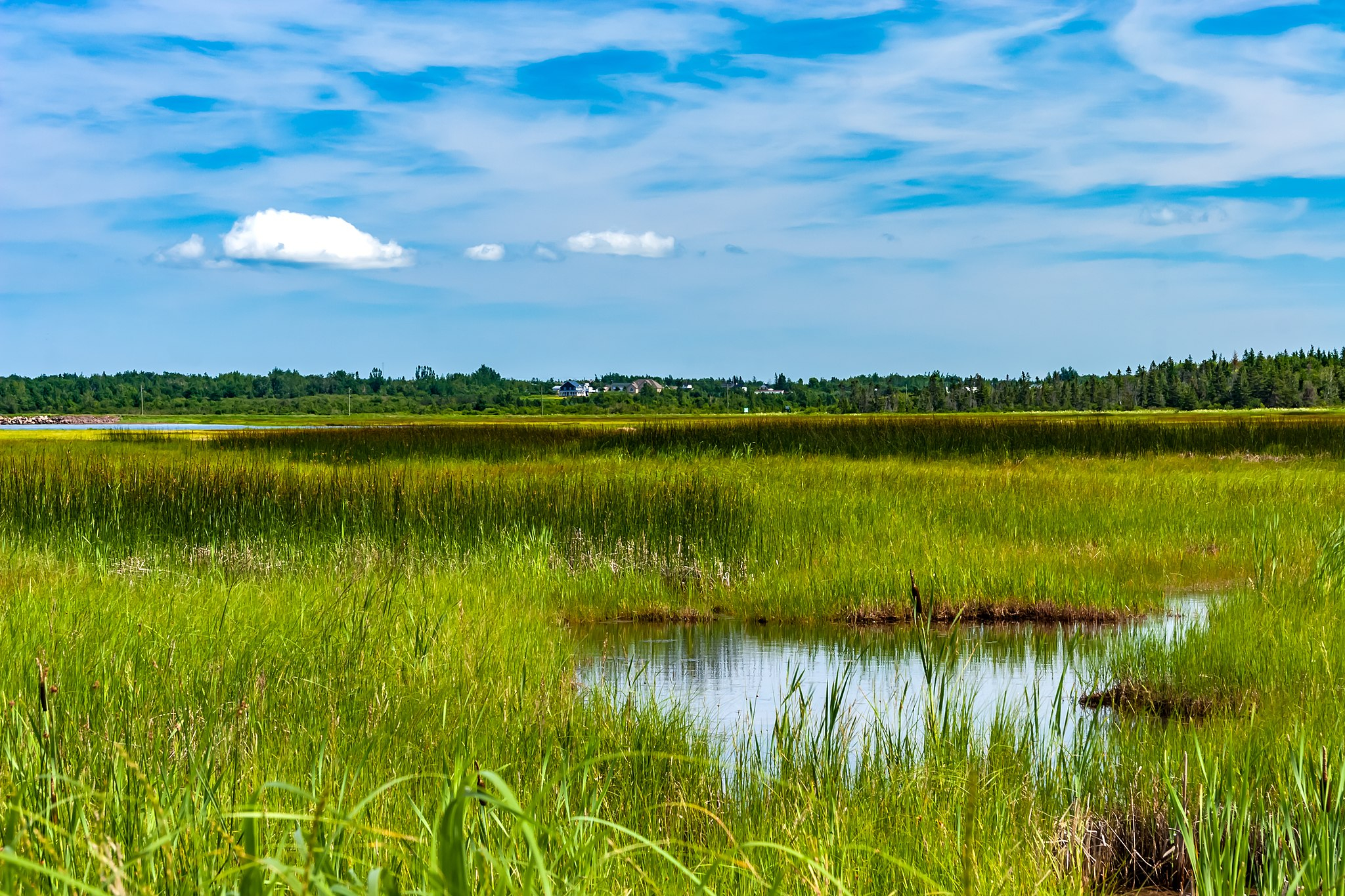When it comes to adapting to climate change and disasters, the rest of Canada can learn a lesson or two from Nova Scotia and New Brunswick.
A new report by the Council of Canadian Academies (CCA) on Canada's ability to prepare for extreme weather events singled out a number of success stories, including in Nova Scotia.
In 2013, the provincial government ordered all municipalities to complete a climate change action plan in order to access federal gas tax funding. It was a unique and effective approach to kickstart climate action, said David Righter, an environmental planner whose thesis reviewed Nova Scotia’s coastal adaptation planning.
“Many municipalities across Canada have created plans, but this is the only case in which the province actually mandated that these plans get completed,” said Righter. “That's really been the biggest underlying factor for their success.”
The province supported municipalities with workshops, webinars, research projects and baseline scientific information. This served as a starting point for the plans, including a study of the climate risks a community is facing and which adaptation measures are high priority.
Righter’s 2021 thesis study found nearly 75 per cent of the actions have been implemented to some degree, which he says is proof of the success of the province’s strategy.
His study found the actions most likely to be completed were related to emergency preparedness, like setting evacuation routes, developing communications and alerts and securing backup power. Land-use planning that restricts building and protects wetlands or plans to move structures away from coastlines are most commonly underway.
Other actions include changing construction guidelines, doing hazard studies, educating people on local risks, or installing dikes and berms.
The Municipality of the District of Digby is one community Righter identified as a high-performer, successfully blending adaptation, mitigation and reduction.
The municipality, home to the Bay of Fundy and some of the world's highest tides, is making moves to harness wave energy.
Tidal power can be considered climate mitigation because it's moving away from the use of fossil fuels by harnessing renewable energy, Righter said. "It also works well with emergency preparedness and disaster risk reduction because if you're able to produce energy locally, you're not as reliant on the electricity grid across the province … if there's a major storm,” he added.
Sea level rise and increased heat that feeds forest fire risks are two of the key vulnerabilities that came out of Digby's adaptation plan, said Terry Thibodeau, renewable energy co-ordinator at the municipality who was involved in the plans.
Another key step Digby took was installing five weather stations across the district to monitor sea-level rise, tides, atmospheric pressure, wind speeds, precipitation and more, said Thibodeau.
Residents and fishers use the information in their day-to-day lives, and there’s an opportunity for the provincial and federal governments to use some of the weather stations’ information, he said.
This type of information forms the basis for predictive modelling, which informs adaptation decisions like planting eelgrass in certain areas to slow the tides. But more advanced data collection methods are needed for predictive modelling, and implementing any action item requires cash.
“In our case, we're a small municipal unit. We're strapped for cash, we don't have the money available to us that some of these other bigger municipal units would have,” said Thibodeau.
Righter said his study found that was a barrier across the board — even wealthier municipalities cited a lack of funding as an obstacle to their plans.
Thibodeau thinks tying adaptation planning to funding could work to encourage municipalities across Canada to create comprehensive plans like his municipality did in 2013.
“It's hard to stimulate municipal units when everybody's so worried about cleaning the sidewalks and making sure the wastewater treatment plant works, because if your toilet backs up, then climate change is a non-starter,” he said.

Another success story that could be applied across the country lies in New Brunswick. In 2002, the provincial government declared wetlands protected spaces, which stopped development on floodplains.
Protecting these coastal marshes stops people from moving into areas at risk of flooding, and provides other benefits like mitigating storm surges and flooding, reducing erosion, and enhancing biodiversity.
Similarly, Nova Scotia is in consultations on Coastal Protection Act Regulations, which will provide protection for sensitive coastal ecosystems and limit how close to the water people can build.
Land-use regulations like New Brunswick’s protected wetlands are important tools for adaptation and disaster risk reduction, according to the CCA report.
In response to the Jan. 13 report, Environment Minister Steven Guilbeault and Emergency Preparedness Minister Bill Blair released a joint statement recognizing the need for climate change adaptation and disaster risk reduction to be better integrated to weather future climate-related disasters.
“Throughout the last two years, we’ve supported Canadians through the ongoing COVID-19 pandemic, and with the historic and devastating impacts of climate-related disasters. During this time, it’s become even more clear that there is a need for stronger collaboration and partnerships, alongside a more complete all-hazard risk assessment to inform emergency management decisions,” the statement reads.
Developing Canada’s first National Adaptation Strategy, advancing flood hazard mapping in high-risk areas and setting up a Task Force on Flood Insurance and Relocation are a few of the eight measures listed in the statement that the government is pursuing.
Green Party parliamentary leader Elizabeth May says although adaptation is often thought of as a long-term endeavour, the “long-term” actions we take now will be critical in less than a year when fire season comes around.
“A lot of things we should do for adaptation to climate crisis events we can no longer avoid are also helpful in mitigating by increasing sequestration and they also are helpful for biodiversity,” said May.
Natasha Bulowski / Local Journalism Initiative / Canada’s National Observer







Comments